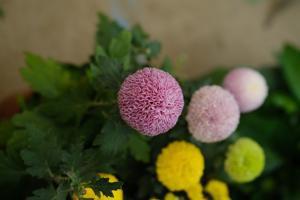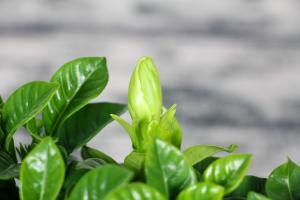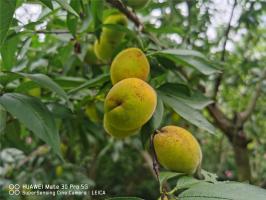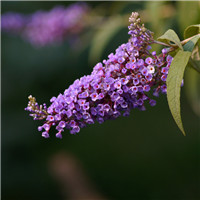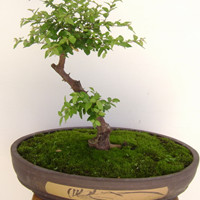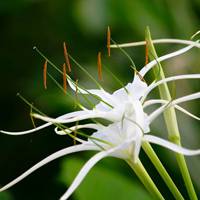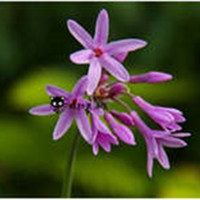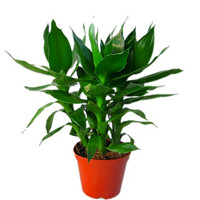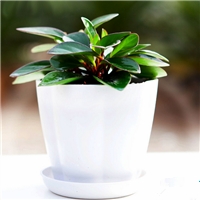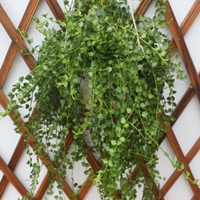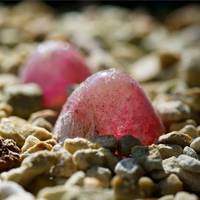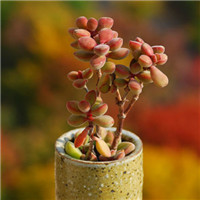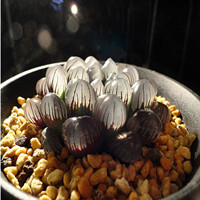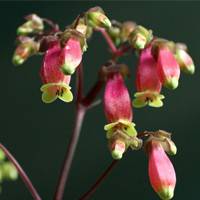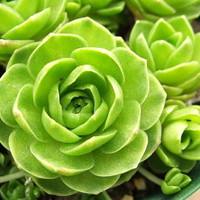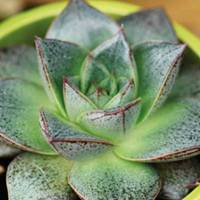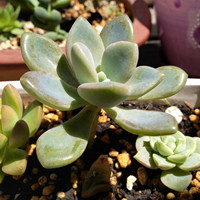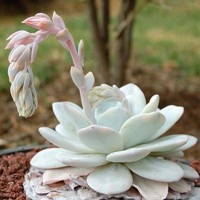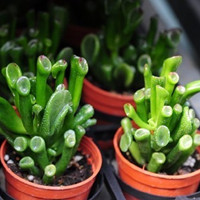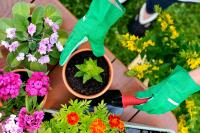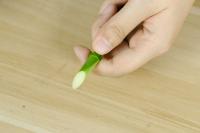How to Treat Rust Spots on Tomato Plants
Tomato plants, like any other plants, can fall victim to various diseases and pests. One of the most common issues that tomato plants face is rust, a type of fungal infection that can cause yellow and brown spots on the leaves, stems, and fruits. Rust can weaken the plant and reduce its yield, so it's crucial to treat it as soon as you notice its symptoms. In this article, we will explore the causes of rust in tomato plants and provide some effective methods of treatment.
Identifying Rust in Tomato Plants
Rust in tomato plants is caused by a type of fungi known as Puccinia species. The fungus can infect tomato plants in various ways, including through infected soil, water, or debris. The first signs of rust in tomato plants are small yellow or brown spots on the lower leaves. As the infection progresses, the spots may grow bigger and turn a rusty orange color. The leaves may also curl, wilt, and eventually drop off. Rust can also spread to the stems, fruits, and other parts of the plant.
Natural Methods of Treating Rust in Tomato Plants
If you notice rust in your tomato plants, the first thing you should do is to remove the infected leaves and dispose of them far from your garden. This will reduce the chances of the infection spreading to other parts of the plant. You can also implement several natural methods of treatment to control the rust:
Baking Soda Spray: Mix 1 tablespoon of baking soda and ? teaspoon of liquid soap in a liter of water. Spray the solution on the infected parts of the plant once a week until the rust disappears.
Vinegar Spray: Mix 3 tablespoons of apple cider vinegar and 1 liter of water. Spray the solution on the affected areas of the plant every 3-4 days until the rust is gone.
Neem Oil: Apply a few drops of neem oil on the infected parts of the plant. Neem oil is a natural insect repellent and antifungal agent that can help control the rust.
Hot Pepper Spray: Mix 2 tablespoons of hot pepper sauce with a liter of water. Spray the solution on the infected areas of the plant. The capsaicin in the hot pepper can help kill the rust fungus.
Chemical Methods of Treating Rust in Tomato Plants
If the natural methods of treatment don't work, you may need to resort to chemical fungicides. However, be cautious when using these products as some may be toxic to humans, pets, and beneficial insects. Always read the label and follow the instructions carefully. Some of the most effective fungicides for rust in tomato plants include:
Copper Fungicides: Copper-based fungicides can be effective in treating rust in tomato plants. However, they can be toxic to fish and other aquatic animals, so avoid applying them near bodies of water.
Chlorothalonil: Chlorothalonil is a broad-spectrum fungicide that can control rust and other fungal diseases in tomato plants. It's recommended for severe cases of rust.
Myclobutanil: Myclobutanil is a systemic fungicide that's absorbed by the plant's tissues and provides long-lasting protection against rust and other diseases. However, it may be harmful to bees, so avoid using it during the flowering period.
Preventing Rust in Tomato Plants
As the saying goes, "prevention is better than cure." To avoid rust in your tomato plants, follow these prevention tips:
Plant Disease-Resistant Varieties: Choose tomato varieties that are resistant to rust and other diseases.
Practice Crop Rotation: Avoid planting tomatoes in the same spot year after year. Rotate them with other crops such as beans, corn, or cucumbers to break the disease cycle.
Clean Up Garden Debris: Clear up fallen leaves, fruits, and other plant debris that can harbor fungal spores.
Avoid Overcrowding: Plant tomato seedlings with enough space between them to improve air circulation and reduce the spread of diseases.
Water Your Plants Wisely: Avoid overhead watering and water your plants at the base to prevent wet conditions that can encourage the growth of rust and other fungal diseases.
In conclusion, treating rust in tomato plants requires a combination of proactive measures and effective treatment methods. By following the prevention tips and using the natural or chemical treatments when necessary, you can keep your tomato plants healthy and productive.

 how many times do yo...
how many times do yo...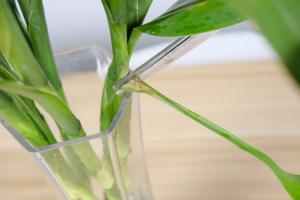 how many planted tre...
how many planted tre...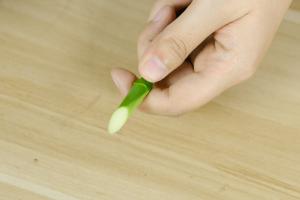 how many pine trees ...
how many pine trees ... how many pecan trees...
how many pecan trees... how many plants comp...
how many plants comp... how many plants can ...
how many plants can ...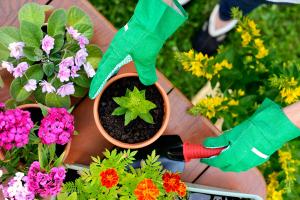 how many plants and ...
how many plants and ...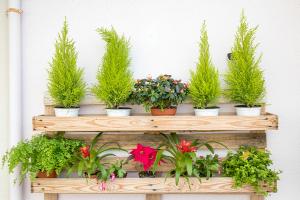 how many pepper plan...
how many pepper plan...